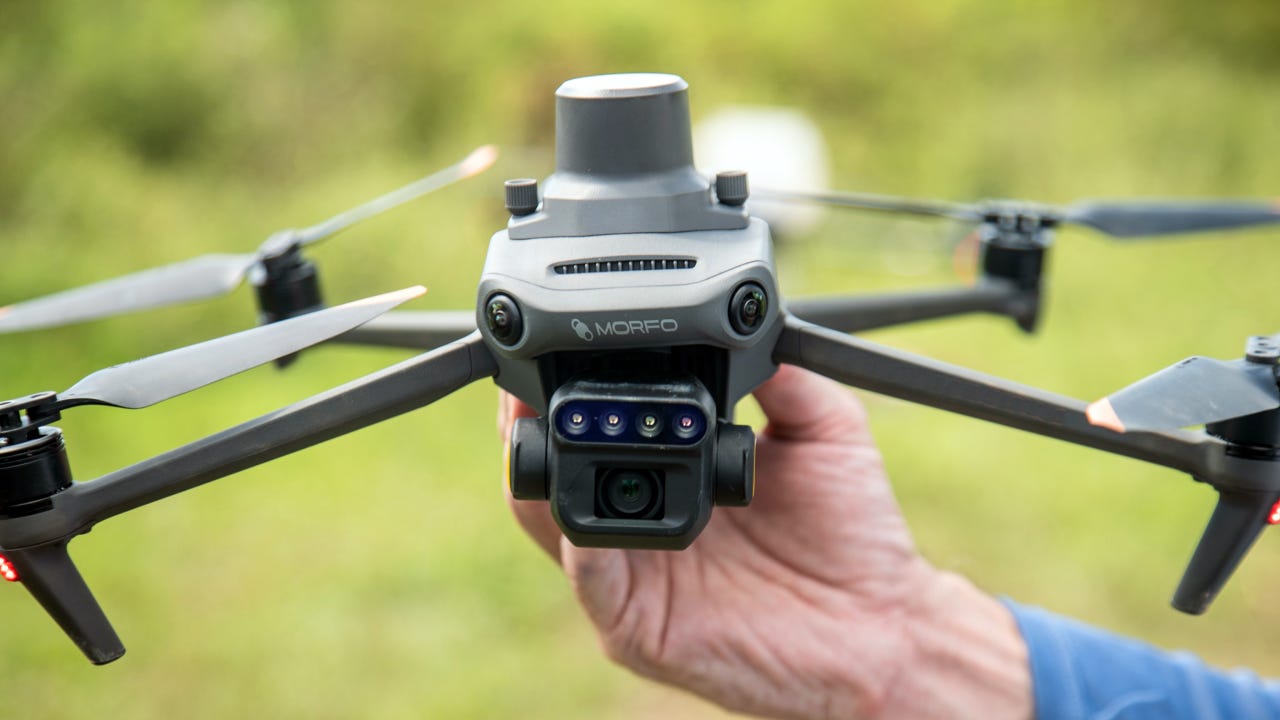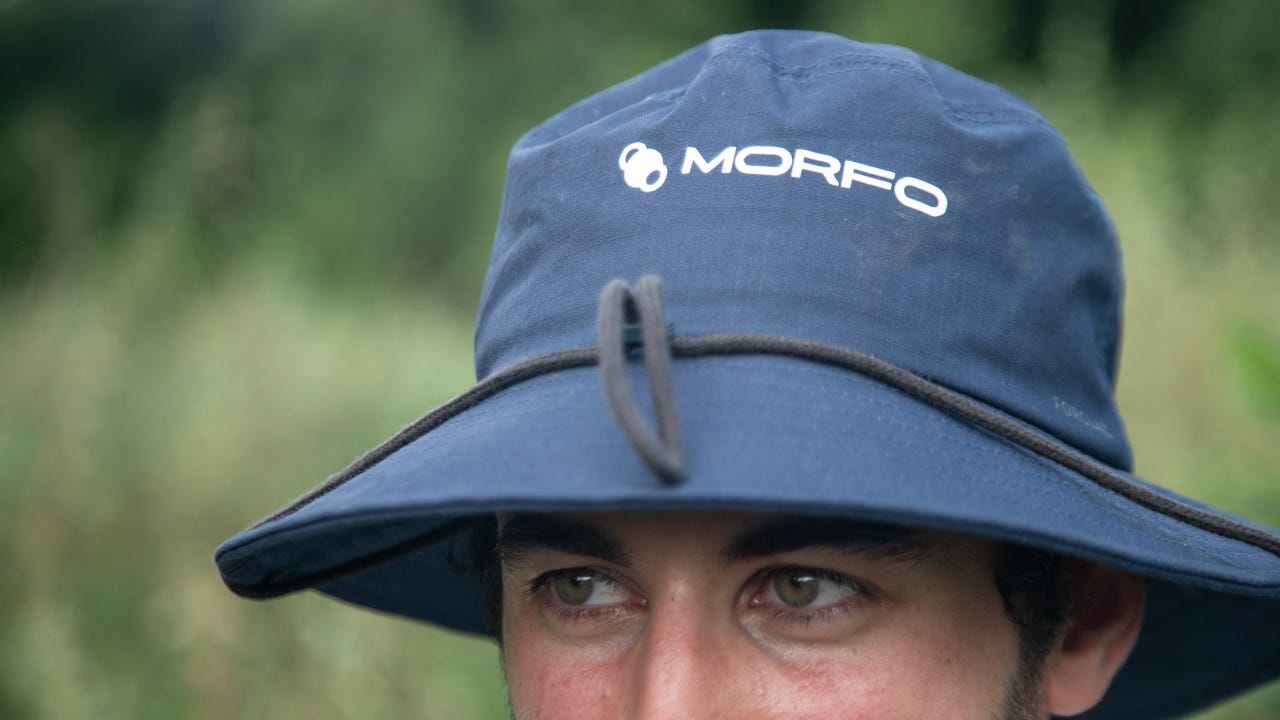The 3 challenges of forest monitoring
This month, learn about the crucial role of forest monitoring
Dear Morfollowers,
This May, our newsletter is dedicated to a crucial topic: forest monitoring. This focus is driven by two significant events:
A pivotal study on forest restoration practices in Latin America has just been published. Conducted by ETH Zurich's scientific team, this research offers significant insights not just for LATAM, but globally. A key takeaway is the pressing need for enhanced and cost-effective monitoring to prioritize restoration efforts.
Coinciding with this study, part of our team was engaged in the one-year monitoring of one of our major experimental projects in Bahia, Brazil.
Happy reading!
Pascal, Co-founder of MORFO
Forest monitoring: a practice that has become vital
There is a pressing need to implement large-scale restoration projects. By 2030, the UN aims to restore 1 billion hectares of land. At the current pace, only 5% of this target will be achieved.
One of the key factors determining our ability to restore thousands or millions of hectares is the quality of forest monitoring. Without high-quality monitoring, we lack the necessary data to improve planting practices, maintain ecosystem integrity, and secure funding through transparency. That's why the new survey by Crowther Lab at ETH Zurich is incredibly valuable. It gathered data from 166 practitioners across 14 countries in Latin America, unveiling numerous insights that had never before been revealed.
The primary lesson from this study is that forest monitoring has become indispensable. Nowadays, monitoring has become both ingrained and essential: 91.5% of the projects surveyed reported carrying out some type of monitoring.
Methodologies and costs still vary widely
Even though monitoring has evolved as an indispensable practice in the past few years, there is still room for improvement. The survey points out that the main problem practitioners face today is the lack of maturity in forest monitoring.
Firstly, there is a huge variation in methodologies:
On average, monitoring spans 8.8 years, but this duration varies significantly, complicating consistent success measurement across restoration projects.
Remote sensing is the primary technology used by 42.1% of practitioners for monitoring. Camera trapping follows at 32%, with newer technologies like bioacoustics monitoring being used infrequently.
Secondly, there is an enormous variation in costs:
The average annual cost of monitoring is $1,273 USD per hectare, but this figure varies widely, up to $15,000 USD per hectare.
Costs fluctuate both between and within countries.
It's important to note that these variations did not show statistical differences among types of organizations, pointing to a universally high variability in practices.
First challenge: Aligning monitoring objectives with restoration goals
The authors question the relevance of what is being monitored compared to what should be.
In examining the dynamics of the practitioners’ restoration projects, the authors remarked that there was a greater emphasis on tree growth than on the broader goal of biodiversity rehabilitation. While restoration initiatives often prioritize fostering tree growth, the measures employed to gauge success frequently overlook the crucial aspect of biodiversity conservation.

Also, indicators used to monitor restoration (Fig. 1) often did not align with the motivations for the same restoration actions (Fig. 2). This disconnect between desired outcomes and the indicators used to monitor progress towards them is a key factor limiting the ability to assess the success of restoration efforts.
“While measuring early survival and growth responses of planted tree (but more rarely naturally establishing vegetation) can be linked to motivations to store carbon and mitigate climate change, there is a clear mismatch between the most frequently stated restoration motivation of conserving biodiversity and biodiversity monitoring efforts.”

Second challenge: Distinguishing mature tree monitoring with seedling monitoring
Do technological advancements, particularly in remote sensing as it is the most used tool, address the right questions?
Well, yes, but not enough. Advancements in remote sensing, artificial intelligence, and data analytics have made it increasingly feasible to monitor large areas of land efficiently and cost-effectively. More and more researchers, conservation organizations, governments, and technology companies are collaborating to develop innovative monitoring solutions.
Meta and the World Resources Institute have been working on large-scale canopy measurement, using satellites to measure trees accurately remains difficult, costly, and not always possible due to limitations in resolution and cloud cover, particularly in tropical regions.
Embrapa, along with other organizations, has developed a tool for identifying mature tree species using orthophotos captured by drones. While the tool is not perfect, it has advanced beyond basic recognition and can identify approximately five species accurately. Embrapa has made the tool accessible for testing and use, demonstrating transparency in its development process.
These examples indicate that monitoring efforts are primarily focused on mature trees. Today, remote sensing, the most commonly used technology, is mainly effective for conservation projects and certain restoration projects (only after several years have passed).
“Most of these monitoring programs were focused on quantifying some aspect of tree planting efforts such as inventories of tree survival (74.3 %) and growth (61.2 %). Fewer respondents indicated that they monitored recovery of biodiversity, with most efforts focused on birds (37.5 %), mammals (23.2 %) and woody vegetation (24.3 %).”
And what about monitoring young seedlings? How can we know that biodiversity is being restored? At MORFO, we are actively working on this topic.
Third challenge : Aligning on-the-field monitoring with cutting-edge technology
Our conviction at MORFO is that monitoring will always involve both ground-based and aerial components.
Each method is indispensable and complementary, capturing unique sets of data. Ground-based monitoring offers numerous advantages, especially when it includes local community involvement. While aerial monitoring may not achieve the same precision as ground-level efforts, it is invaluable for scaling operations.
We are dedicated to combining fieldwork with advanced technologies at MORFO, confident that these approaches supplement each other by providing a broad range of essential data.
🌳 Delve into a MORFO project
During the one-year monitoring of one of our projects in Brazil, two journalists accompanied our team. A journalist from Nature4Climate, a coalition that includes organizations like The Nature Conservancy, WWF, and WRI, focused on demonstrating why effective reforestation must target biodiversity. At the same time, a journalist from Al Jazeera, one of the world’s leading news publishers, investigated how seed-sowing drones could combat global deforestation. Enjoy the read, and stay tuned for a future edition where we’ll share the highly positive one-year results of this project!
🔍 Our recommendations
Here are some resources to read or watch:
Our CEO's analysis of the recent announcement by the Symbiosis Coalition, pledging 20 million tons of high-quality NBS carbon removal credits by 2030.
The recent guide from Transformative Pathways on community-based biodiversity monitoring.
A new intriguing study has been published by Carbon Direct on how restoration practices and the Voluntary Carbon Market should evolve for better projects.
“Reforestation is no longer a question of quantity, but of quality: we must be planting forests, not trees, to be more effective in making reforestation projects around the world sustainable.”
A call for studies to fill in the knowledge gap on restoration economics in the Atlantic Forest biome, and to study restoration economics in other biomes as well.
🗓️ Let’s meet in the next months
We're thrilled to announce our presence at a lineup of prestigious events. Don't miss the chance to connect with us. Simply reply to this newsletter to schedule a meeting.
LAST CALL - Webinar: Best strategies for integrating local communities large-scale in forest restoration (Online) - May 24th [Register here]
LAST CALL - Brazil Climate Summit Europe (Paris, France) - May 27th
LAST CALL - Webinar: Financing forest restoration in the Amazon: How Brazil can lead a green revolution (Online) - May 29th [Register here]
SOBRE (Juazeiro and Petrolina, Brazil) - July 8th to 12th
NYC Climate Week (New York City, USA) - September 22nd to 29th
Biodiversity Cop16 (Cali, Colombia) - October 21st to November 1st
G20 Summit (Rio de Janeiro, Brazil) - November 18th and 19th
🫵 We need you!
Do you like the new format of our newsletter, which includes a more in-depth analysis? We’d love to hear your feedback. Please take a moment to fill out our brief survey if you'd like to help us improve!
🌎 Thank you for reading this newsletter until the end! If you enjoyed it, please share it with your audience, friends, or colleagues. To check us out and follow our social media platforms, please click here! We'll be back again in June!
Warm regards,
The MORFO team






